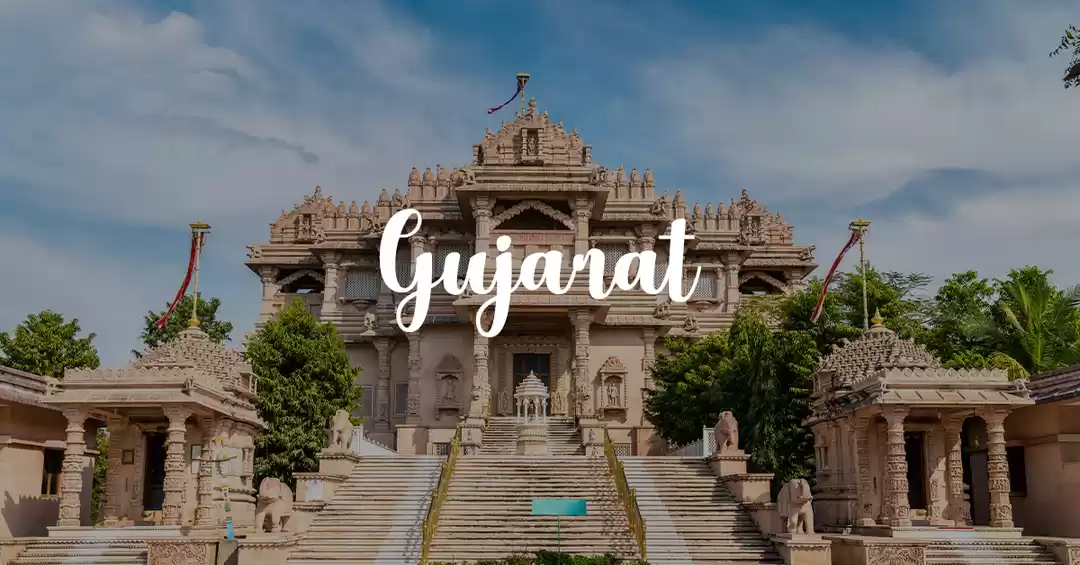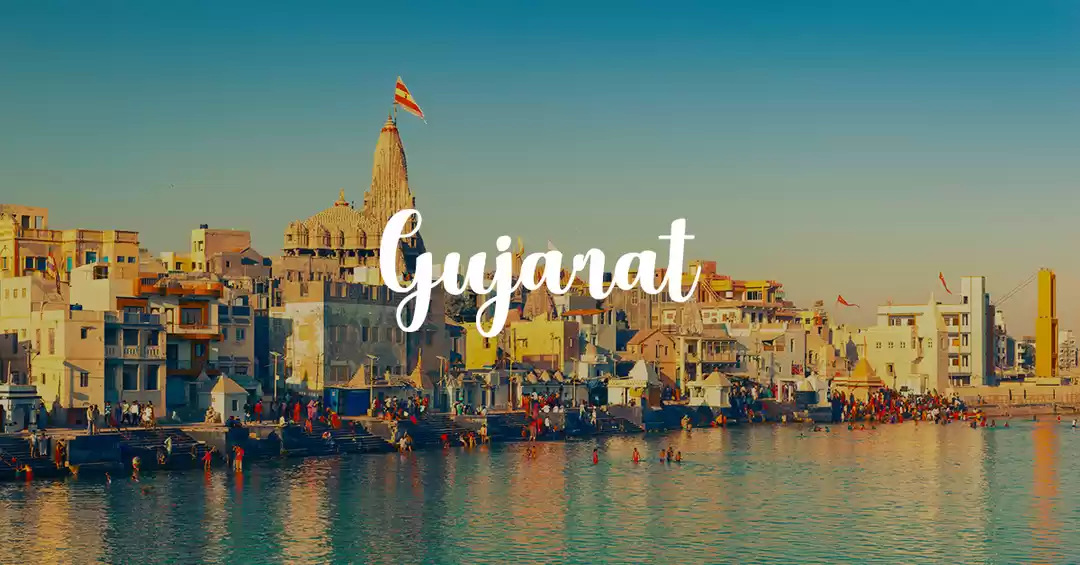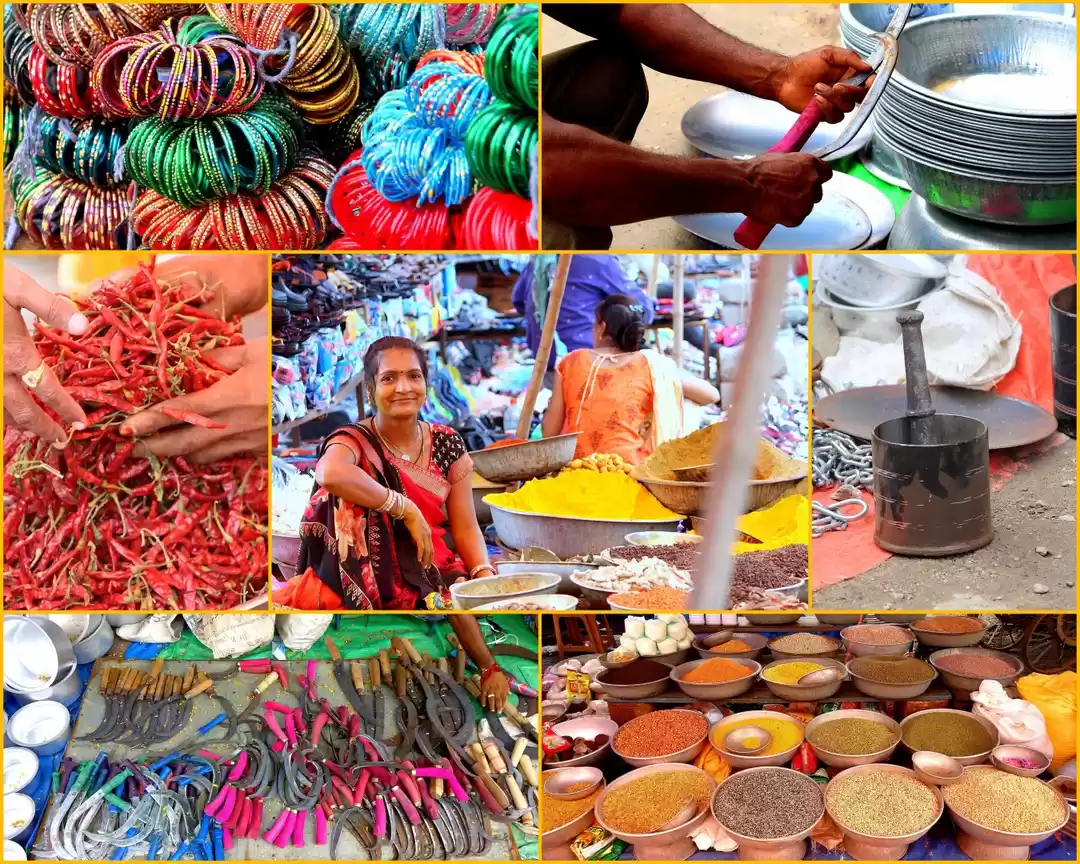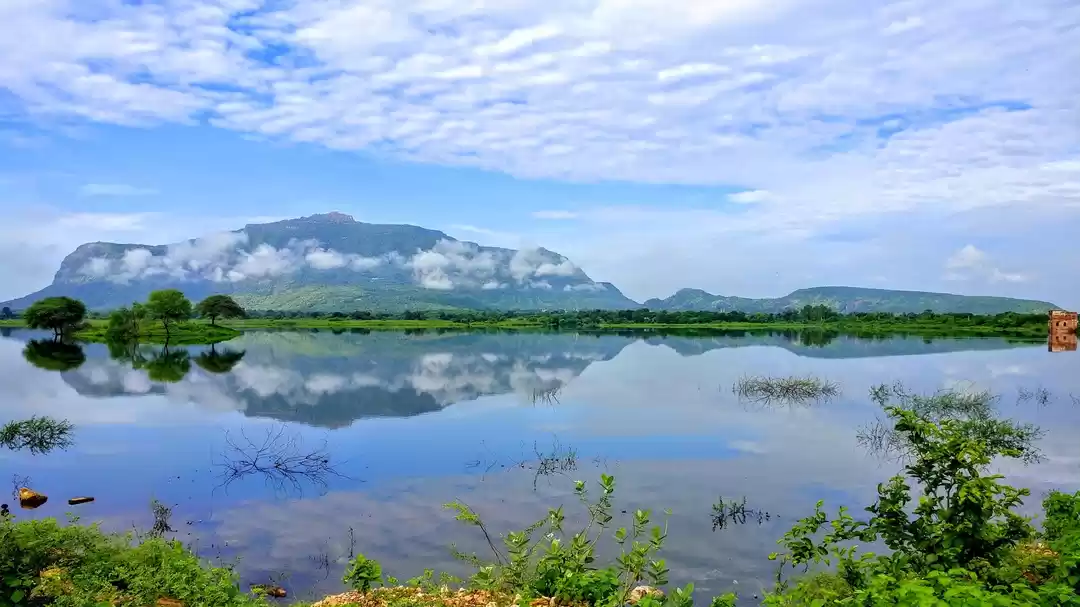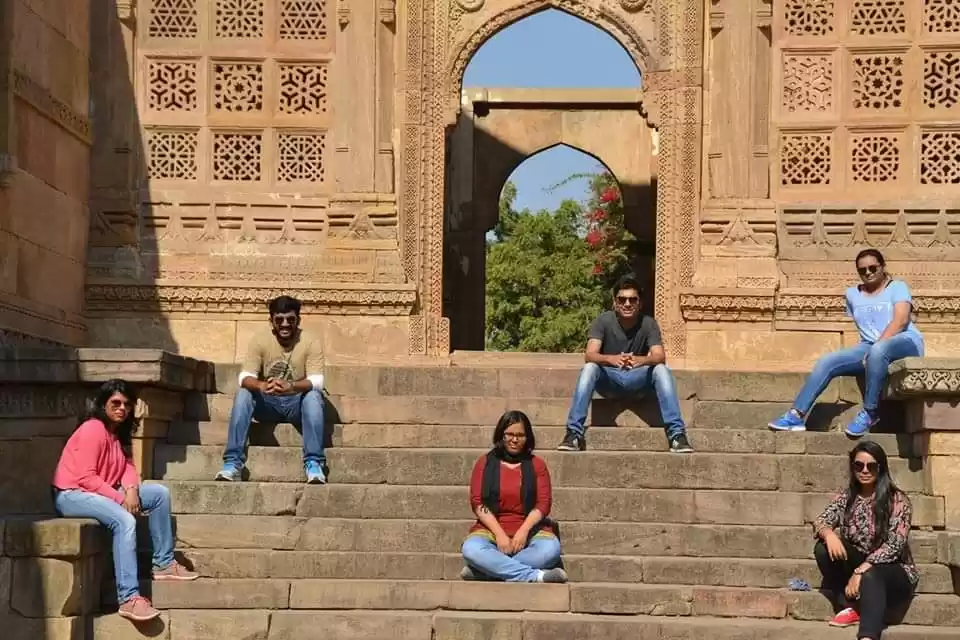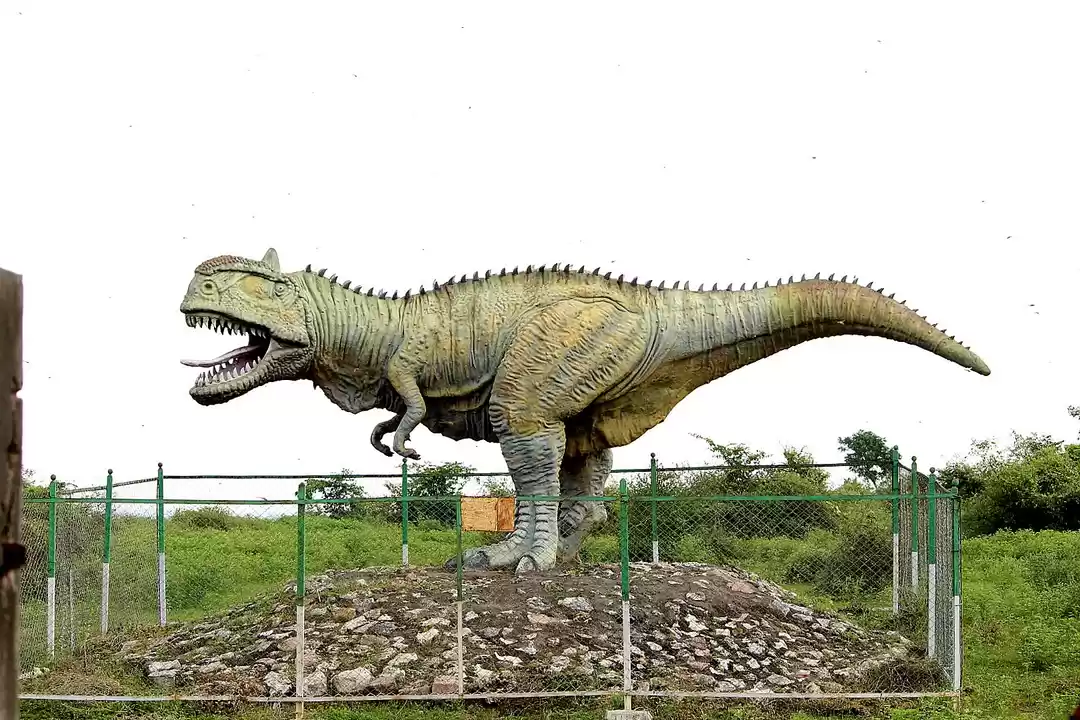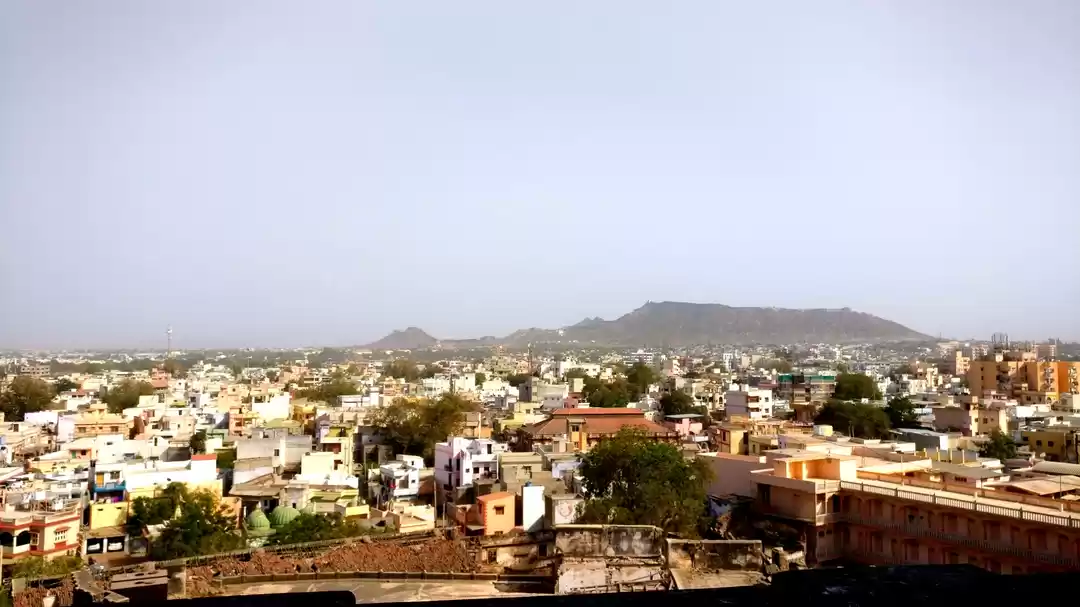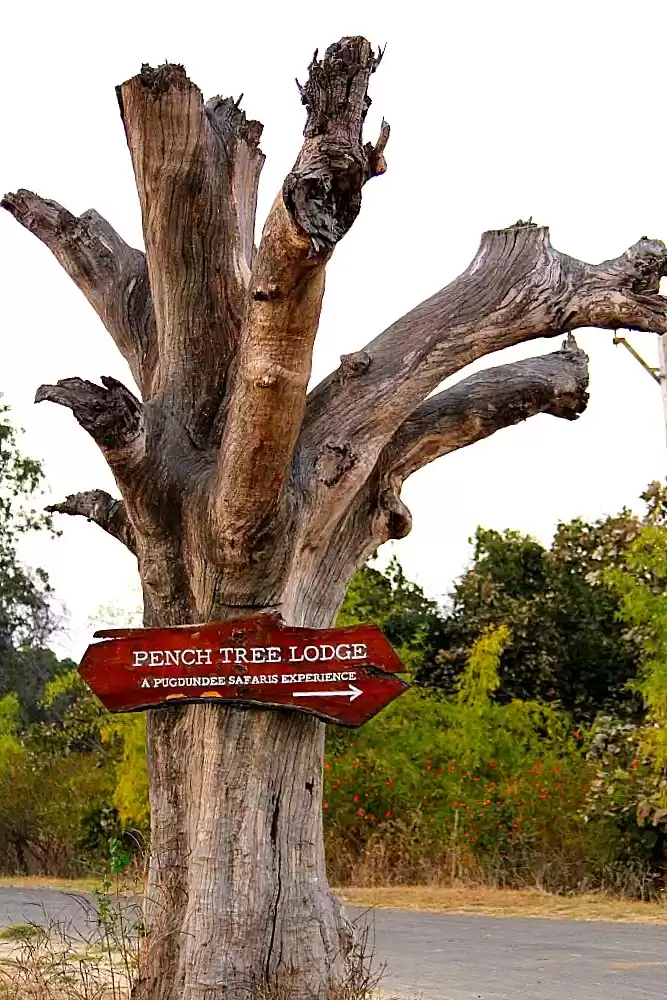Jambughoda was a princely state that was established around 600 years ago in the late 14th century.
Enveloped in a dense cover of green, the Jambughoda Palace – A Home for Nature Lovers, lies nestled within the forests of a wildlife sanctuary, deep within the verdant district of Panchmahal in Gujarat, the westernmost state of India.

History of Jambughoda –
The Jambughoda state was founded by the Parmars who were Rajputs that hailed from Mandu, Dhar in the Malwa region of central India. They were the descendants of Raja Bhoj, a famous king who ruled Malwa in the 11th century.
About the royal family –
HH Maharana Vikramsinhji now lives in the palace along with Her H Maharani Gyaneshwari Devi ji and his son Yuvraj Karmaveersinh. Karmaveer is married to Yuvrani Bhavna Devi and has an 11 year old son. Karmaveer’s sister Rajkumari Chandramohini Devi, is married to Kunwar Ganga Singhji of Kundanpur and lives in Kota, Rajasthan with her toddler daughter.

About the homestay –
The original palace that the ancestors of the family lived in, has now been demolished. This new residence was built around 250 years ago and has been occupied by the family ever since. Another ‘haveli’ (mansion) was built across the backyard of the palace 100 years ago and is also a part of the residence now.

The place was opened as a homestay in 1999 and they began with 1 room. Today 20 years later, the place is flourishing with 21 rooms and resort like amenities. They also curate tourist excursions to the surroundings, depending on the interests of their guests.
An overview of the premises –
The present premises of the Jambughoda estate occupies 12 acres of land with fields and orchards ensconcing the palace.
The palace is a large building whose simple exterior holds within it the grandeur of the past.



The spaces that have been converted to guest rooms, are scattered around the compound in rows and clusters that used to be the annexes, outhouses and guest houses in earlier times.

A walled courtyard lies behind the palace and this is the favorite hang out of the family who are fans of the outdoors.
The ancient kitchen lies along one side and another haveli (mansion) forms the third border of the yard. This also has a few more guest rooms.


Tree lined pathways, lush lawns, pretty swings and charming garden furniture make up the rest of the surroundings.

Organic vegetable garden and fruit orchards –
A great proponent of natural and chemical free farming, the Maharana encourages growing of seasonal vegetables that are packed with nutrients. A fruit for every season, being his mantra, he has planted trees like mangoes, papayas, chikoos, bananas, custard apple, jamun (jambu/Indian Java plum), coconuts, palm fruit and many more.
The lemons that they grow are of a giant seedless variety that are just bursting with juice and aesthetically so beautiful that I could not stop clicking them ????
Rooms –
There are a total of 21 rooms of which 11 are deluxe and 5 are standard. The remaining 5 rooms are budget rooms.
The Deluxe rooms are spacious, have air conditioning, tea/coffee maker, 24 hour hot water, cupboard, sofas, luggage racks, side tables, dressing table etc.
The Regular rooms have similar amenities but are smaller in size and have simpler furniture like traditional cane modas.
The budget rooms do not have air conditioning and their washrooms are not en suite.
The rooms are a mix of the ancient and the modern. There is a simplicity that mingles with the richness, so while some features may appear old and jaded, there is nevertheless sufficient comfort that is provided.
Some of the rooms have been recently refurbished and these provide a brighter ambience than the older rooms. The renovated common lobbies between rooms are also beautifully done up.


Cuisine –
The influences of the different regions from which the various members of the royal family have hailed over the years, is perceived in the cuisine of the family.
There is a common dining hall/pavilion for the guests amidst the trees.

However, visitors who stay for longer than a night, usually enjoy one meal at the royal table in the dining room of the palace where the family accompanies them.

A standard breakfast would include cereal, 2 main Indian dishes from a choice of Alu paratha, Upma, Poha, Thepla, Idli, chillas and the relevant accompaniments. Toast or bread with honey, butter, home made jams, fruits, etc.
Juice, milk, tea, coffee are the beverages.

Lunch and dinner are on on prior intimation. The menu consists of farsan (Gujarati snack/starter) like Dhokla, Khandvi etc. The mains consist of a non veg item, 2 seasonal vegetables, a rice preparation, dal, curry, salad, assorted Indian breads (rotis) that include wheat and also the gluten free alternatives of Pearl millet (bajra) and Makai (corn). Buttermilk is served with the meal. Dessert is an Indian sweet like Gulab jamun or Rasgulla or Halwa made from various vegetables etc.
Amenities and facilities –
For those living in the surrounding parts of Gujarat, this place serves as a quick weekend getaway. For entertainment there are swings, badminton courts, table tennis, carrom, chess, bicycles etc.
And of course the big draw is the gorgeous blue swimming pool with the palace in view on one side and the backdrop of the 24 inch thick compound wall on the other. The pool has been operational since 2 years and is a nice big 20 x 45 feet in size and 4 ft deep.

Things to do in the surroundings –
Jambughoda has a range of exciting possibilities for the tourist, that are curated to suit varying interests. A nature lovers dream, one can revel in its numerous forest trails, waterfalls, trekking paths, picnic spots, lakes, bird sanctuaries and other locations.
Visits to village markets (haats), museums, handicraft centers and tribal homes and many such activities are possible. High tea by the lakeside or a rustic meal cooked by tribals in their home are also offered. Most of the times the hosts personally escort the guests on the trips and it is fascinating to listen to the wealth of information that they fluently share.

Getting there –
Jambughoda is in the district of Panchmahal which adjoins the district of Vadodara. The nearest major city is Vadodara city which is well connected by all modes of transport.
Air – Vadodara airport operates a limited number of flights and is well connected to important cities like Ahmedabad and Mumbai. There is one direct flight from Bangalore which I flew on.
Rail – Vadodara is an important rail junction on the Western railway and is connected to many major cities.
Bus – Likewise there are good bus services to several towns and cities.
Jambughoda is 80 km from Vadodara and it takes around 1 hr 30 min by private vehicle. The roads are excellent and the landscape is scenic, especially while driving past the UNESCO World Heritage site of Champaner. Do not miss the photo op at the lake called Vada Talaav that lies at the foothills of the Pavagadh hills, around 50 km from Vadodara.
Booking and contact –
You can contact them directly or through various portals like booking.com, Make my trip, etc
This post was originally published on Currylines
I hope this post was interesting enough for you. I would love to hear your thoughts in the comments. Find more of my stories on my Instagram @currylines and my Facebook Page @currylines





